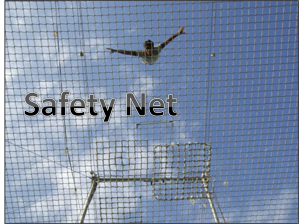When it comes to your business, safety should always be the number one priority. Safety is the key to creating and maintaining a productive and profitable working environment.
Under what’s known as the General Duty Clause of the Occupational Safety and Health Act (OSHA) employers are responsible for maintaining a work environment free from conditions that might cause death or injury. Employers whose workplace present dangerous conditions risk violating the General Duty Clause unless they take measures to lessen the danger. If that’s not scary enough, the National Institute for Occupational Safety and Health (NIOSH) reported there are 19,000 forklift/pedestrian incidents each year. On average, those incidents cost employers $38,000 in direct expenses and almost four times as much for indirect costs.
Southeast Industrial Equipment offers an affordable safety package complete with fire extinguishers, back-up alarms, and strobe lights. Together, these inexpensive additions are a great way to help reduce the chances of forklift accidents.
Fire Extinguishers
While OSHA does not require forklifts to be equipped with fire extinguishers, quick access to one can be the difference between life and death! Fire extinguishers are an especially wise option on LP-Gas forklifts operated in areas containing flammable liquids.
Back-up Alarms and Strobe Lights
Workers die every year from being backed over by vehicles. From 2005 -2010, forklifts ranked fourth in the number of these fatalities. Back-up alarms are one of the most valuable tools for preventing forklift injuries and fatalities. While some back-up alarms automatically adjust their volume to be greater than the ambient noise of the facility, workers can become immune to repetitive sounds. Some PPE dampens noise, further limiting the effectiveness of the alarm. This means back-up alarms are best used in conjunction with visual alarms, like strobe lights or blue lights.
Strobe lights on forklifts let everyone in the vicinity know that a truck is present. The flashing lights provide a visual warning system alerting employees of the whereabouts of the truck. In work environments where noise levels are elevated and back-up alarms might go unnoticed, lights provide an additional layer of protection to employees.
Blue Safety Lights
If you’re truly committed to safety, consider upgrading to the blue safety light. The blue light shines on the floor in front of or behind the truck, telling pedestrians not just where the truck is, but where it’s going. Most importantly, the blue light can be seen around corners and blind spots, drastically reducing potential for collisions.
“It is better to be safe than sorry.” It’s cliché because it’s true. When it comes to protecting your business and employees, you can never be too safe. Contact SIE today to discuss how we can help you protect your employees and your business.


